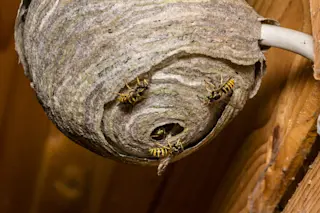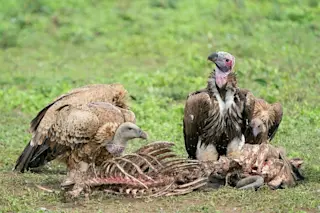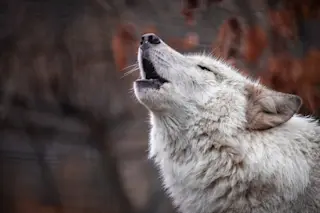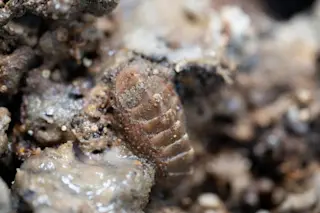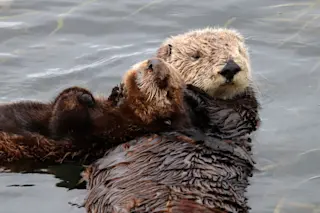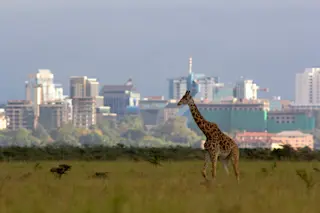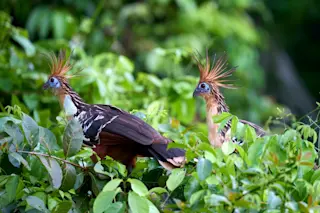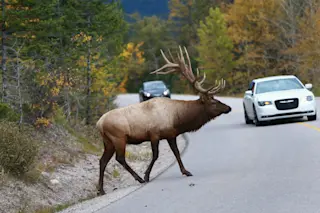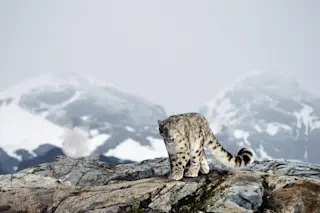All text and images are from the publication Giant Pandas in the Wild: Saving an Endangered Species. ©2002 Aperture Foundation Inc.
As the snowy trail zigzagged into the forest, I saw tracks made by a shrew; signs of a takin, an oxlike creature; and, finally, panda feces and a few footprints in the snow. That evening in camp, I wrote in my notebook: “My dream has come true.” It was 1985 and I was 19 years old, in my last year of undergraduate study in biology at Peking University. In this reserve in the Qinling Mountains of southwestern China, I was starting what was to become my life’s work: the study of pandas in the wild.
At the time, no one knew much about pandas, including what the bears need to survive or even how they breed. Conservation was still new in China. Concern had been raised because a massive ...




